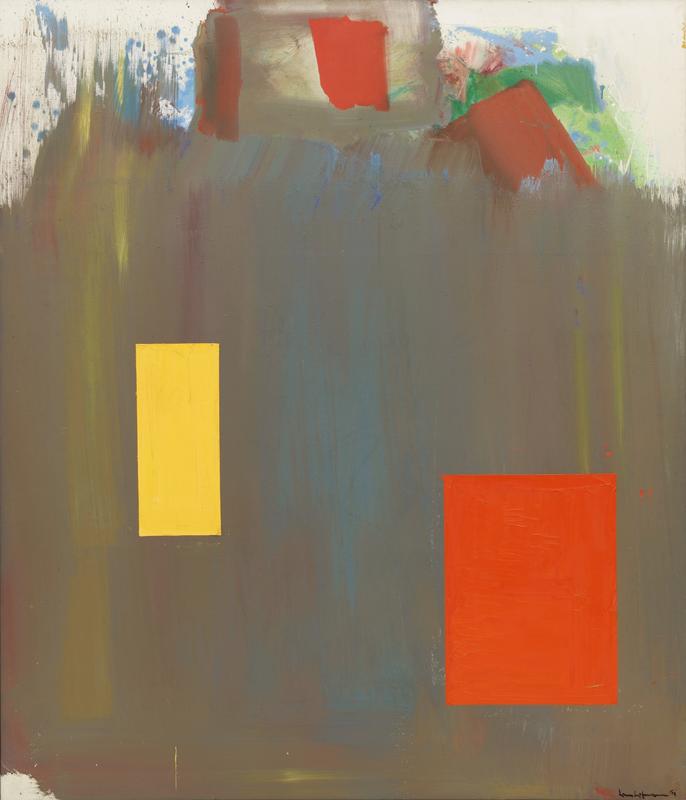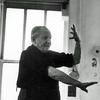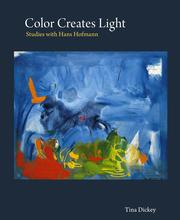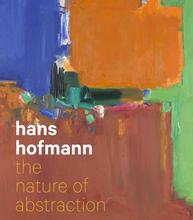More about Memoria in Aeternum
- All
- Info
- Shop

Sr. Contributor
Hans Hofmann may have taught the greats a thing or two about painting, but how often do we appreciate his work?
Always a bridesmaid, but never the bride. Such is the fate of Hans Hofmann, one of the greatest teachers of modern painting who rarely took time to focus on his own work. Although his proteges include hulking figures such as Lee Krasner, Red Grooms, Helen Frankenthaler, and Louise Nevelson, his work remains relatively obscure. He made most works of recognition only after he stopped teaching at the age of seventy-eight.
His obscurity was not for any lack of skill or effort, for he exhibited plenty of both – even in the early days of his career when he exhibited with artists like Paul Cézanne and Edvard Munch. A committed formalist, Hofmann experimented with various styles and techniques over the span of his lengthy career. He created a painting consisting of drips and splatters in 1940, a couple years before Jackson Pollock exploded into a controversial art world figure and a household name.
He is best remembered for his profound influence on abstract painters from across generations and schools of thought, and this work is a bit meta in its encapsulation of these legacies. Inspired by the death of Franz Kline, Memoria in Aeternum, or “Eternal Memory,” is an homage to five American painters who died in their prime: Arthur B. Carles, Arshile Gorky, Franz Kline, Jackson Pollock, and Bradley Walker Tomlin. To do so, Hofmann utilized the deceased artists' signature techniques to create the painting.
Hofmann found his artistic voice in experimenting with color theory and rectangles, using these elements to explore the world of the picture plane itself. By the late 1950s, Hofmann had finally found his own style after forty years of teaching others how to paint. In hopes of contributing further to the canon of modern abstraction, Hofmann gifted this painting to MoMA in 1963, just a year after he painted it.
Sources
- Fineberg, Jonathan. Art Since 1940: Strategies of Being. 3rd edition. Upper Saddle River, NJ: Pearson Education, Inc., 2011.
- Kimmelman, Michael. “Review/Art; Hans Hofmann: New Perspectives.” The New York Times. 22 June 1990. https://www.nytimes.com/1990/06/22/arts/review-art-hans-hofmann-new-per…. Accessed 22 November 2019.
- Museum of Modern Art. “Memoria in Aeternum.” Art and Artists. https://www.moma.org/collection/works/79621. Accessed 22 November 2019.
- Smithsonian American Art Museum. “Hans Hofmann.” https://americanart.si.edu/artist/hans-hofmann-2264. Accessed 22 November 2019.
- The Renate, Hans and Maria Hofmann Trust. “1940–1949.” Biographical Chronology. http://www.hanshofmann.org/1940-1949. Accessed 22 November 2019.













